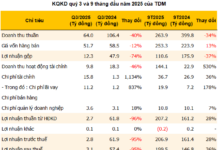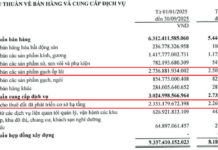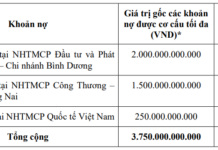
Although Vietnam has great potential in exporting frozen durian to China, it faces challenges, including ensuring food safety requirements, packaging processes, and traceability.
The Director of the Plant Protection Department emphasized the need for continuous improvements in freezing technology, product quality, and the monitoring and control system for frozen durian production.
Last month, the two countries signed a protocol on exporting frozen durian from Vietnam to China.
In June, Xinhua News Agency reported that Vietnam had become the second-largest exporter of durian to China, after Thailand.
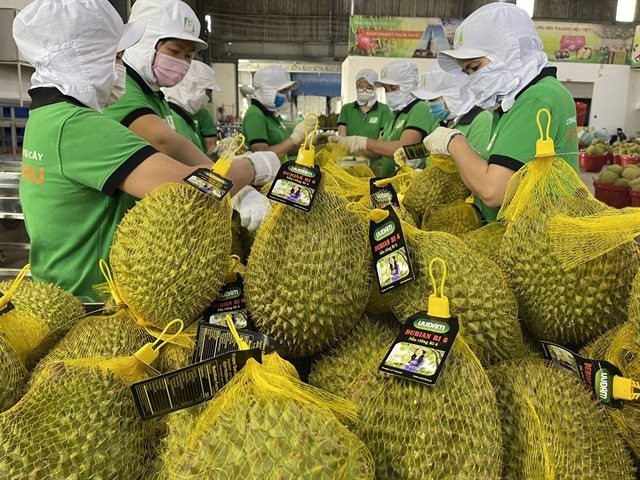
Frozen durian is expected to boost export turnover.
According to the Import-Export Department under the Ministry of Industry and Trade, Vietnam’s durian exports to China surged by 91% year-on-year in the first four months of 2024.
Vietnam’s durian exports are booming due to competitive pricing. In the first four months of this year, the average export price was $4,662 per ton, compared to China’s average import price of $5,395.
The Import-Export Department stated that fresh durian from Vietnam is transported to China with advantages in reasonable pricing, quick transportation, and year-round harvest seasons.
According to VNA, frozen durian is a new product with higher added value than fresh durian. It will soon be on the list of Vietnam’s billion-dollar export products.
Opening the market for this product will diversify processing methods, reduce seasonal pressure, and create greater added value for the durian industry.
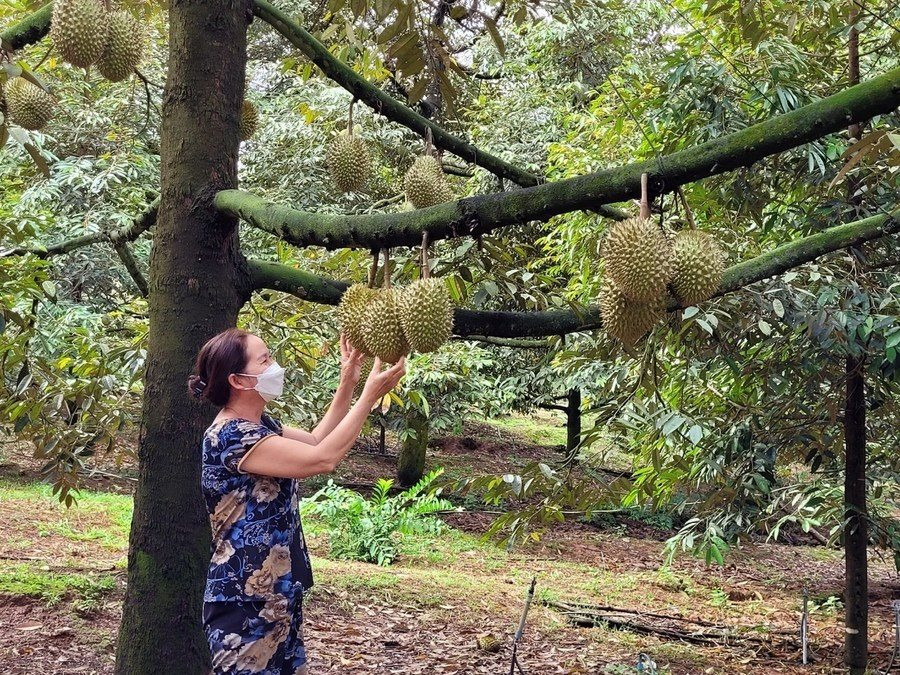
The latter half of the year will be the season for durian from the Central Highlands, while the first half mainly features durian from the Mekong Delta.
According to the Ministry of Industry and Trade, in 2023, Vietnam exported about 500,000 tons of fresh durian, earning $2.3 billion in revenue, with up to 90% going to China.
In 2024, Vietnam Aims to Export $3.5 Billion Worth of Durian
Mr. Dang Phuc Nguyen, Secretary-General of the Vietnam Fruit and Vegetable Association (Vinafruit), shared positive signals and expressed high expectations that in 2024, durian exports could reach a record $3.5 billion, a 55% increase compared to the previous year.
“Currently, durian-producing countries such as Thailand and Malaysia are at the end of their season. Vietnam still has durian in the Central Highlands, but the yield in this region is double that of the whole country,” Mr. Nguyen said.
“Because neighboring countries are at the end of their season, the price of durian in the Central Highlands in the next six months is expected to reach VND 100,000-140,000/kg, pushing up the turnover,” he added.
Mr. Nguyen also predicted that if the Mekong Delta durian exports reached $1.5 billion in the first six months of 2024, the Central Highlands durian exports in the latter half would be even higher, reaching nearly $2 billion.
The Secretary-General of Vinafruit argued that if frozen durian is included, the durian export turnover for the whole year would “definitely exceed $3.5 billion.”
Along with continuously breaking records in export turnover, the domestic durian growing area is also expanding rapidly. Smallholder farmers are linking up as a preliminary step for households to obtain a growing region code.
Vietnam has 14 agricultural products exported to China, including durian, bird’s nest, sweet potato, dragon fruit, lychee, mango, jackfruit, watermelon, banana, mangosteen, lychee, and passion fruit.
The Trade Slowdown: Unraveling the Mystery Behind Stagnant Import-Export Figures
According to the General Department of Customs, exports in the first half of September unexpectedly slowed down. The country’s trade turnover reached only $28.5 billion, a decrease of $9.7 billion compared to the last half of August.
The Frozen Durian Export Market: A Tasty $300 Million Opportunity
The Chinese market has a huge appetite for durian, with fresh imports totaling a whopping $6.7 billion in 2023, according to the Plant Protection Department. This figure also includes a substantial $1 billion worth of frozen durian imported solely from Thailand and Malaysia, highlighting the growing demand for this unique fruit in China.











